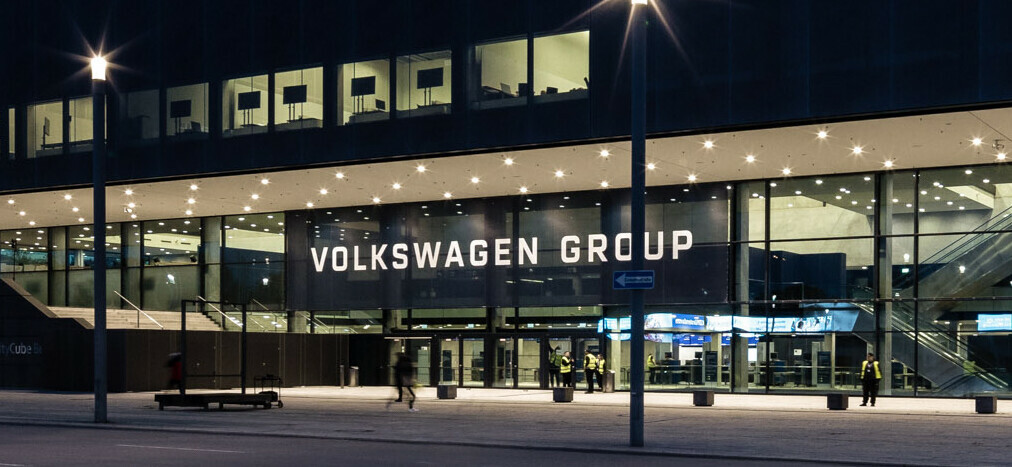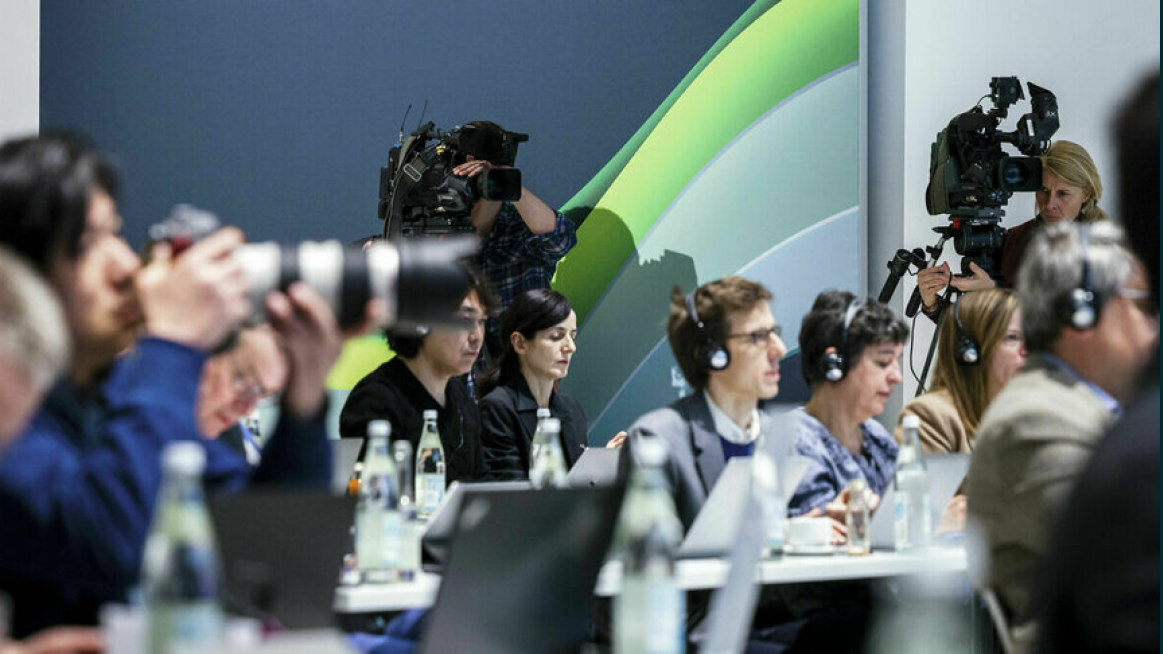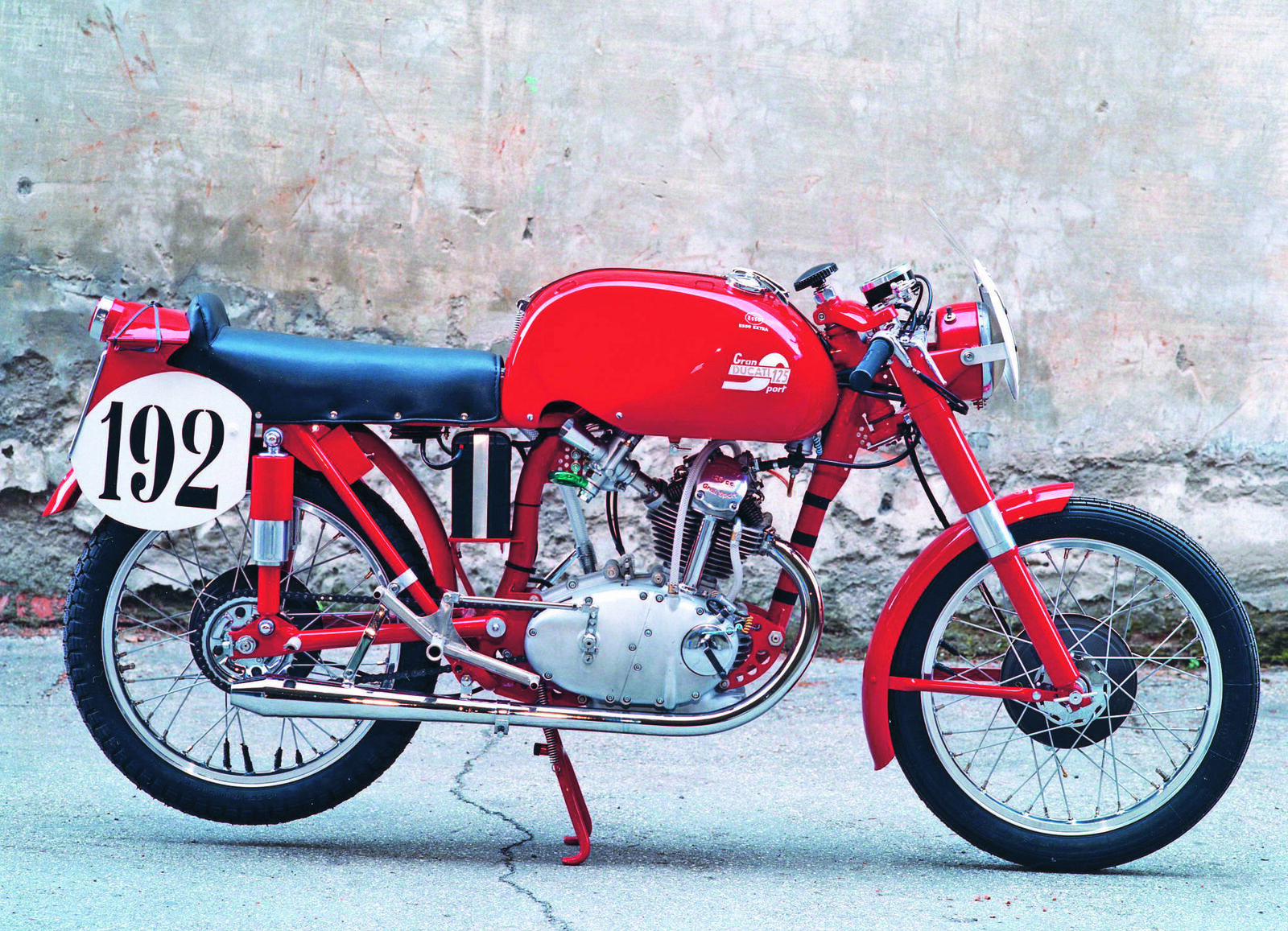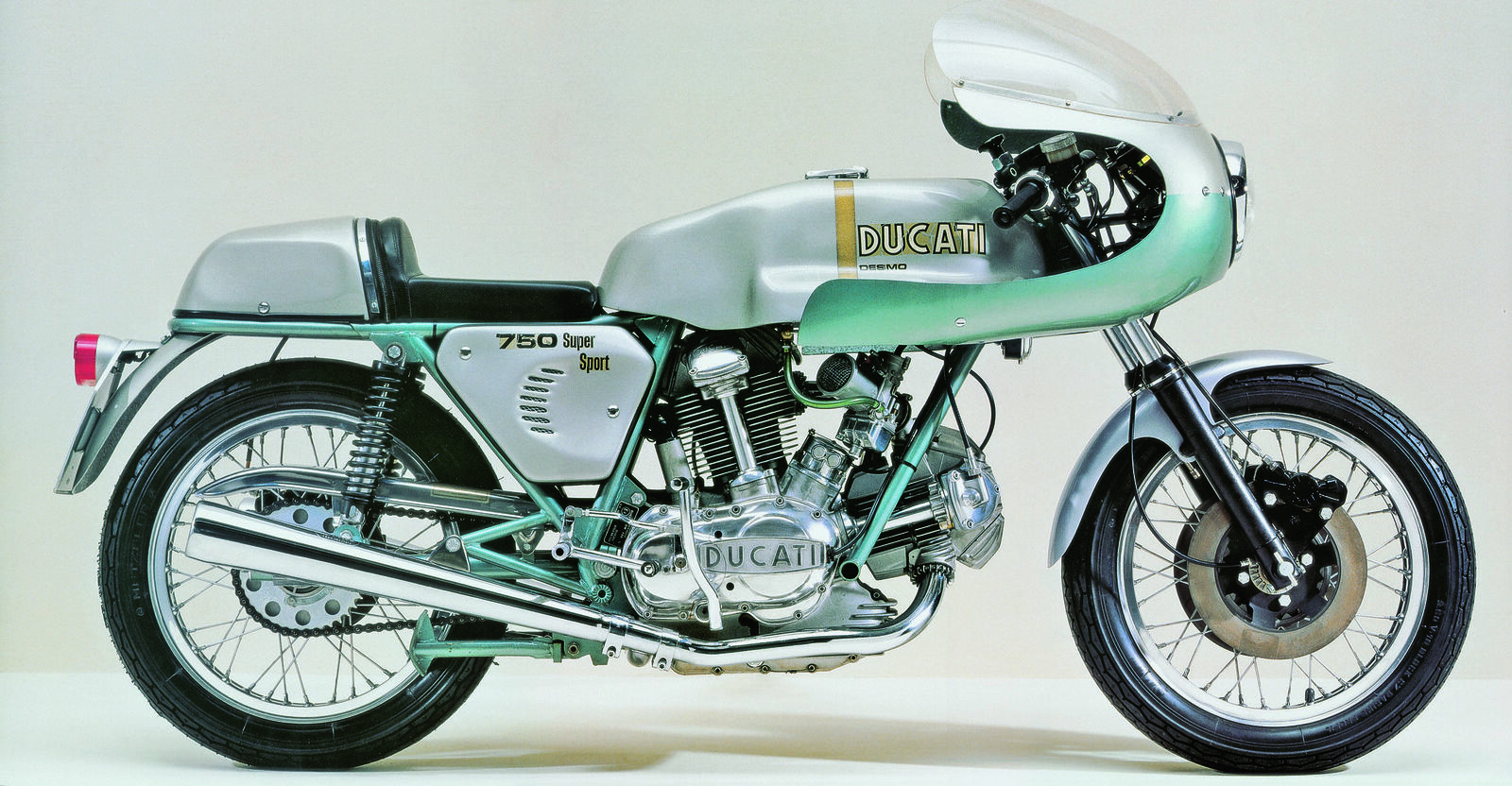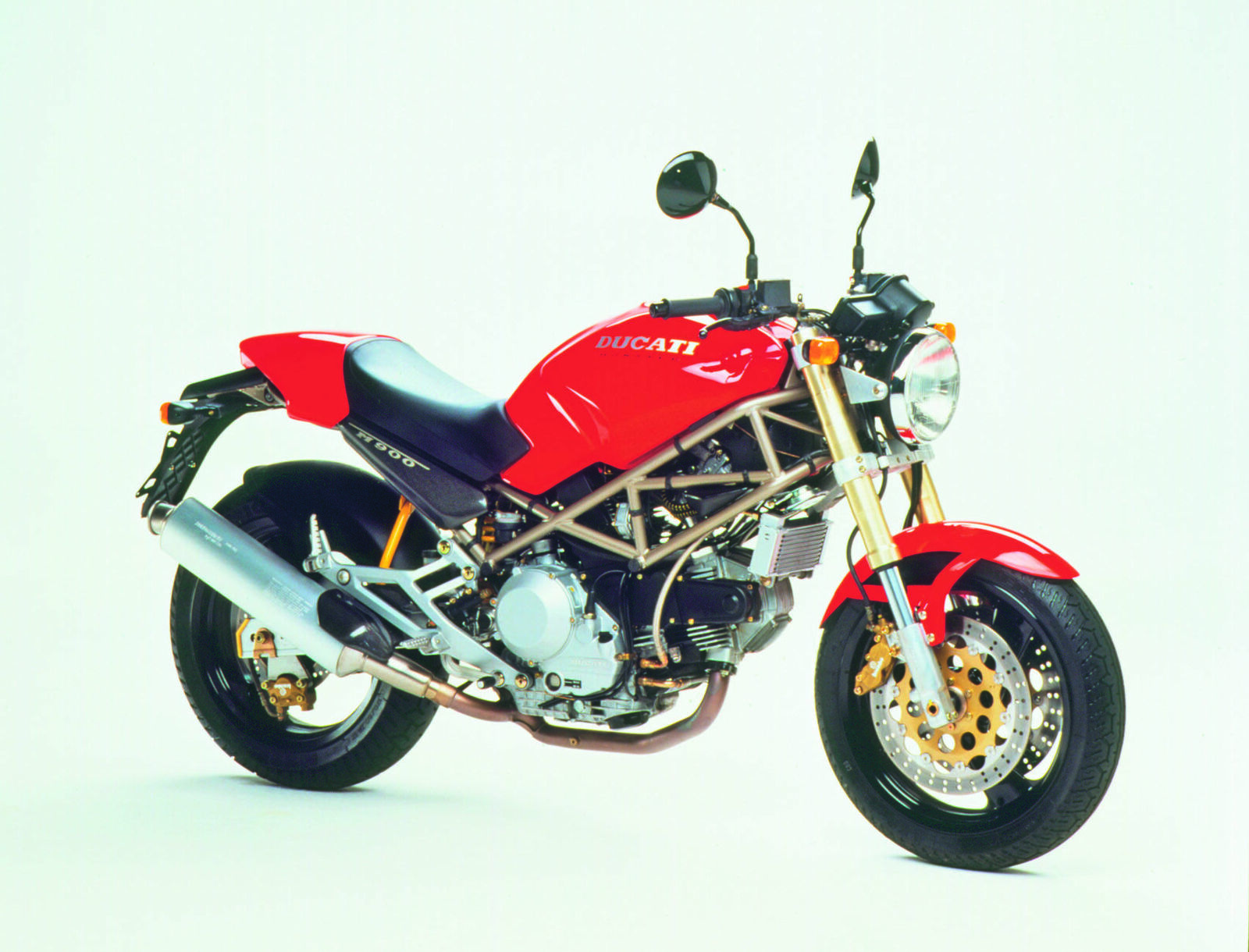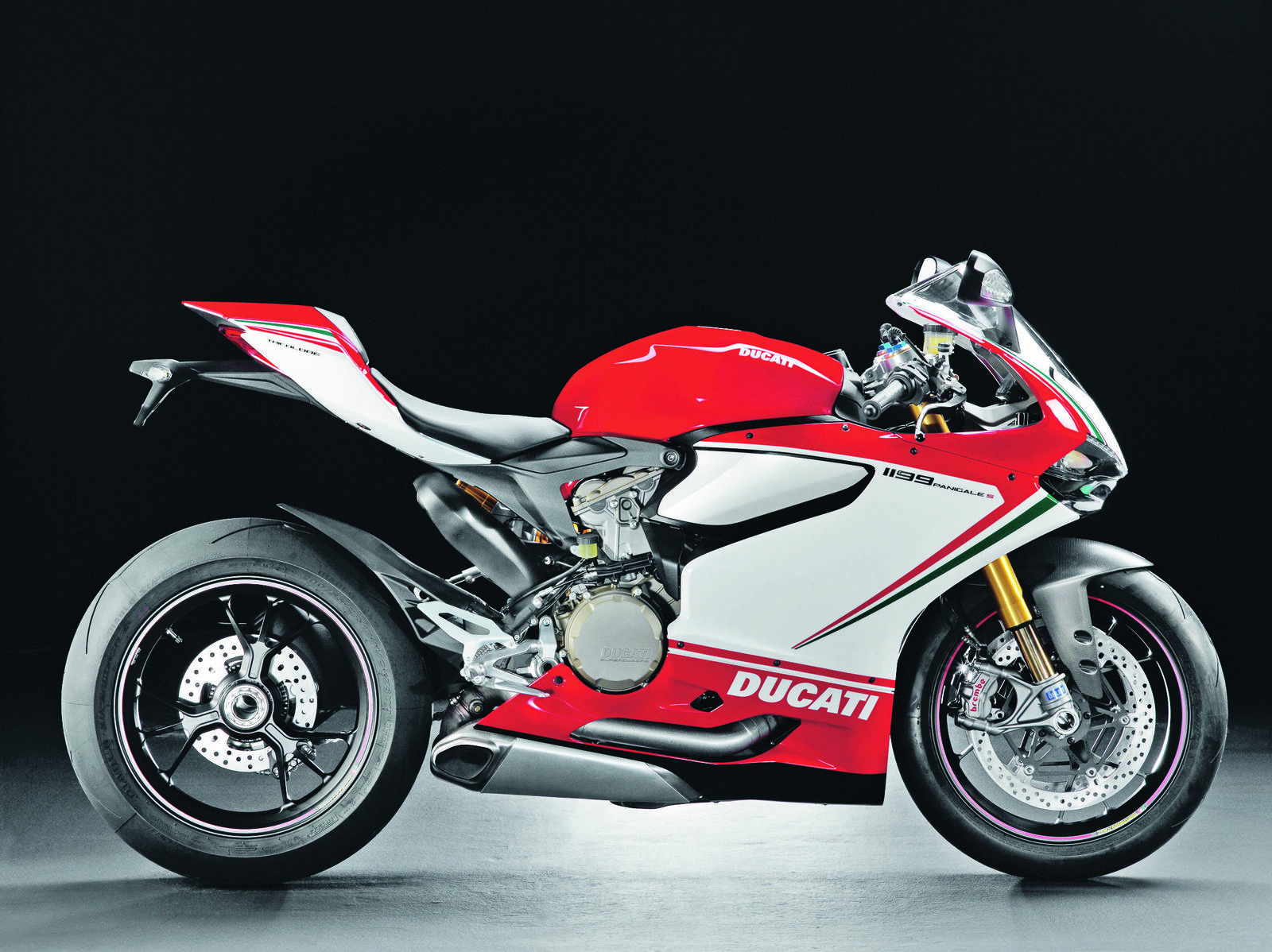In the year of its acquisition, Ducati sold more than 44,000 units, generating turnover of some 480 million euro – its best ever financial performance, based primarily on stronger US sales. Prior to that year the company – known in Italy as “la rossa” because its bikes are predominantly sold in red – had engaged upon a campaign to cut costs and refresh its model range, as well as paving the way for future growth in Asia by building a plant in Thailand. Under the Volkswagen Group umbrella, Ducati operates as an autonomous brand within the Audi AG unit, aiming to build on its market position as a premium sports motorcycle manufacturer and exploit its know-how in light-weight construction and engine development.
The characteristic sound of the red racing machine stems from the Ducati’s two-cylinder engine featuring desmodromic valves. This fully controlled valve movement technology, which prevents loss of power at high revs, originated from car racing and was first deployed by Ducati in 1956 in its 125 Desmo model. The composite word desmodromic comes from the ancient Greek words desmos (meaning “bond” or “knot“) and dromos (meaning “track” or “way”). The term incorporates the major characteristic of the valves as being continuously bound to the camshaft while also denoting their primary application in the motorsport arena. This was how Ducati established the foundations for its global reputation as a sports brand, as racing Ducatis featuring desmodromic valves surged ahead of their strong competitors in the period after 1956. In 1968 the company began deploying the technology in its production models too. Despite its successes in engineering development and in the motorsport world, Ducati has had a somewhat chequered history in terms of its ownership.
The present-day company can trace its roots back to a business founded by brothers Adriano, Bruno and Marcello Ducati together with a number of other investors in Bologna. Registered on July 4th, 1926, with its address in via Collegio di Spagna 9 in the heart of Bologna’s old city, “Società Scientifica Radio Brevetti Ducati” made capacitors for radios. The company’s products were based on a patent held by the eldest brother Adriano, who had already made a name for himself while a physics student with his short-wave radio experiments. The first major order, for the Argentinian market, acquired by the business in the Autumn of 1926 was in fact produced before the move to dedicated premises, in the basement of the family home, the Villa Lydia, at viale Guidotti 51 in Bologna.
Ten years later the company had established a 12 hectare manufacturing facility on an industrial site in the western suburbs of Bologna at Borgo Panigale, which is still Ducati’s home today. The foundations for the new plant were laid on June 1, 1935, and from that date on the business enjoyed rapid growth, making both capacitors and radios. Employing 3,500 people, the progressive complex included canteens, kitchens, leisure and healthcare facilities. Ducati expanded its production in the pre-war era, doubling its workforce. From 1938 it began making cameras, optical lenses, cash registers and electric shavers in addition to radios. Sales offices in London, Paris, New York, Sydney and Caracas underscored the company’s export drive.

